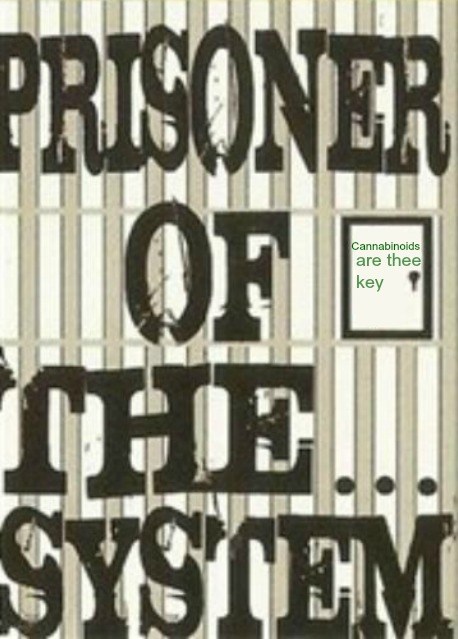 2-AG into the lateral hypothalamus increases REM sleep and cFos expression in melanin concentrating hormone neurons in rats.
2-AG into the lateral hypothalamus increases REM sleep and cFos expression in melanin concentrating hormone neurons in rats.
Source
Grupo de Neurociencias, Laboratorio de Canabinoides, Departamento de Fisiología, Facultad de Medicina, Universidad Nacional Autónoma de México, México, D.F., Mexico.
Abstract
Copyright © 2013 Elsevier Inc. All rights reserved.
- PMID:
23603032
[PubMed – as supplied by publisher]
LinkOut – more resources
Abbreviations
- OX, Orexins/hypocretins;
- MCH, melanin-concentrating hormone;
- CB1R, cannabinoid receptor 1;
- CB2R,cannabinoid receptor 2;
- SWC, sleep-wake cycle;
- W, wakefulness;
- SWS, slow wave sleep;
- REMS, rapid eye movement sleep;
- eCBs, endocannabinoids;
- 2-AG, 2-araquidonoylglicerol;
- AEA, anandamide;
- OLE,oleamide;
- PAR1, protease-activated receptor 1;
- FAAH, fatty acid amide hydrolase;
- PBS, phosphate-buffer-saline;
- PFH, paraformaldehyde;
- LDT, laterodorsal tegmental nuclei;
- PPT, pedunculopontine tegmental nuclei;
- PACAP, pituitary adenylyl cyclase-activating polypeptide;
- FTG, gigantocellular tegmental field;
- PnO, pontine reticular nucleus;
- ACEA, arachidonyl-2′-chloroethylamide;
- IL-1, interleukin-1
Keywords
- Rapid eye movement sleep;
- 2-arachidonoylglicerol;
- Cannabinoid receptor 1;
- Lateral hypothalamus;
- Orexins/hypocretins;
- Melanin-concentrating hormone
Figures and tables from this article:
-
Fig. 1.
Effects of bilateral intralateral hypothalamic administration of 2-AG (0.01 μg or 0.1 μg or 1 μg), AM251 (1.4 μg), or 2-AG (0.01 μg) in combination with AM251, on the sleep–wake cycle of rats, for the first 12 h and for the last 12 h of recording (min), corresponding to both the dark phase (left panel) and to the light phase (right panel) of the cycle (n = 10, per group); *p < 0.05, **p < 0.001 vs. Vehicle; §p < 0.05, §§p < 0.001 vs. 2-AG (0.01 μg).
-
Fig. 2.
Representative photomicrographs of brain coronal sections corresponding to double immunofluorescence against orexin/hypocretin-A (A; top; left panel) or MCH (B; top; right panel) and c-Fos, for both cases (C, D; bottom). Amplifications are shown for orexin/hypocretin A (left panel), c-Fos (middle panel) and merged for orexin/hypocretin A and c-Fos (right panel), corresponding to vehicle (E) or 0.01 μg of 2-AG (G); and for MCH (left panel), c-Fos (middle panel) and merged for MCH and c-Fos, corresponding to vehicle (F) or 0.01 μg of 2-AG (H). 3V: third ventricle. Single arrowheads denote an example of cells positive for both peptide (OX + or MCH +) and c-Fos.
-
Table 1.Time spent (min) in W, SWS and REMS depicted in 4 h blocks (1–4, 5–8, 9–12, 13–16, 17–20 and 21–24), following the bilateral intralateral hypothalamic administration of 2-AG (0.01 μg or 0.1 μg or 1 μg), AM251 (1.4 μg), or 2-AG (0.01 μg) in combination with AM251, for both the first (Dark) and last (Light) 12 h of recording (n = 10, per group); *p < 0.05, **p < 0.001 vs. Vehicle; §p < 0.05, §§p < 0.001 vs. 2-AG (0.01 μg).

- View Within Article
-
Table 2.Latencies to SWS and REMS, bout frequency (number) and bout duration (min), corresponding to the dark phase of the cycle, for W, SWS and REMS among treatments; **p < 0.001 vs. Vehicle; *p < 0.05 vs. Vehicle; §p < 0.05 vs. 2-AG (0.01 μg).

- View Within Article
-
Table 3.Cell count for c-Fos positive (+), OX +, MCH + and double + cells for c-Fos/OX and c-Fos/MCH, following the bilateral administration of 0.01 μg of 2-AG or its vehicle into the lateral hypothalamus of freely behaving rats (n = 6, per group). 2-AG significantly increased c-Fos expression in MCH cells. 88.8% of total MCH + cells and 43.7% of total OX + cells were also c-Fos +, following 2-AG administration, while 17.4% of total MCH + cells and 51.9% of total OX + cells were also c-Fos + in the control group; ** p < .001 vs. Vehicle.

- View Within Article
Copyright © 2013 Elsevier Inc. All rights reserved.







